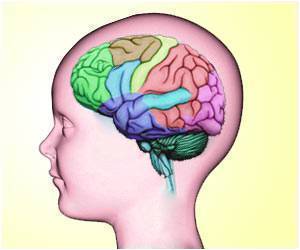Critical therapeutic target for Dravet syndrome a neurodevelopmental disorder has been discovered by scientists at the Children’s Hospital of Philadelphia (CHOP), published in the journal Cell Reports.
Dravet syndrome is a form of genetic epilepsy that is characterized by seizures that begin in the first year of life, along with differences in childhood development and features of autism spectrum disorder.
‘Essentially critical cell subtype in the brains neuronal network is found to contribute to chronic symptoms in the neurodevelopmental disorder Dravet syndrome.’
“Dravet syndrome affects 1 in 14,000 children in the world and has a profound impact on children and their families. We can model Dravet syndrome in the laboratory to understand precisely how the loss of SCN1A (gene essential for making protein for seizure-suppressing cells (interneurons) parvalbumin) produces the clinical features characteristic of the disease to drive development of novel therapies, and, one day, a cure,” says Ethan Goldberg, MD, PhD, a pediatric neurologist and Director of the Epilepsy Neurogenetics Initiative (ENGIN) at CHOP and lead author of the study.
The study shows that SCN1A may be a viable therapeutic target for Dravet syndrome patients. Hence, further work in this area may help translate this research into direct human applications.
Source: Medindia



